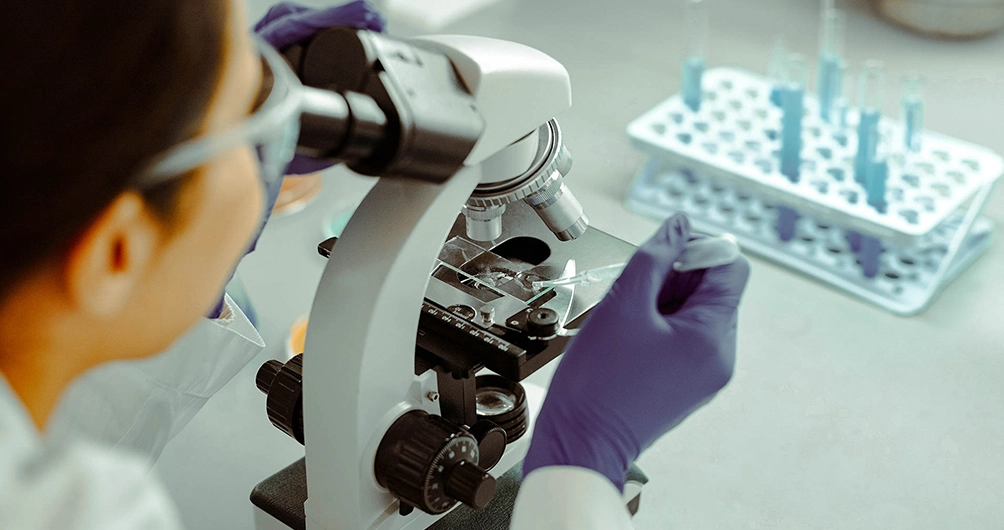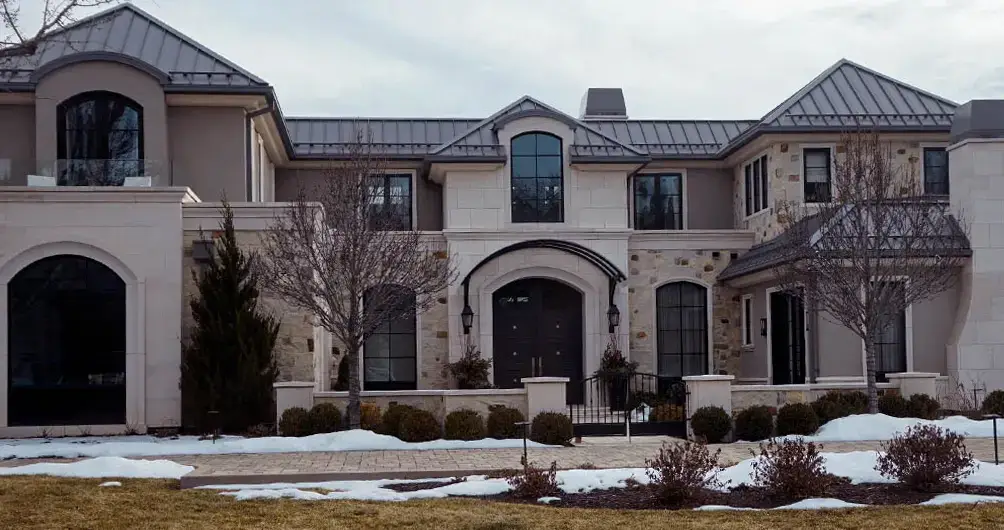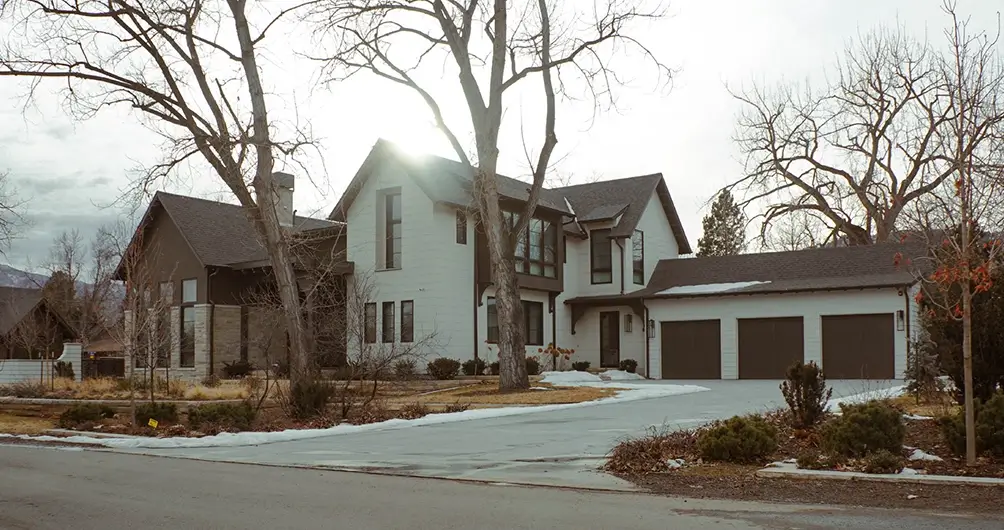 Building Supporters Services
High Performance Colorado Inspection Report Review: Second Opinion + Re-Inspections
Building Supporters Services
High Performance Colorado Inspection Report Review: Second Opinion + Re-Inspections
When clarity and precision are key to making an intelligent decision, settling for the standard is...

Schedule now. Get transparent pricing plus instant, easy online scheduling.
Get Your ePriceWe provide you with trusted results you can depend on, engineered through rigorous in-field material testing and state-of-the-art laboratory sampling.
Our mission is to ensure the integrity and safety of your property’s materials, offering peace of mind and unparalleled precision in our analysis.
We specialize in detecting and analyzing a comprehensive range of potentially hazardous and performance-affecting materials including: Asbestos, formaldehyde, corrosive drywall, wildfire and smoke damage, lead, mold, IAQ, and much more.
Credentials: We work national labs utilizing various methodologies (NIOSH, EPA, OSHA, ASTM, etc.) utilizing the following: • Phase Contrast Microscopy (PCM) • Polarized Light Microscopy (PLM) • Transmission Electron Microscopy (TEM) • Scanning Electron Microscopy (SEM) • X-Ray Diffraction (XRD) and • Scanning Transmission Electron Microscopy (STEM). Nationally recognized with extensive list of accreditations from leading organizations as well as state and federal regulating bodies including, but not limited to A2LA, AIHA-LAP, LLC (AIHA-LAP, LLC EMLAP, AIHA-LAP, LLC IHLAP, AIHA-LAP, LLC ELLAP), NVLAP, CDC ELITE, CPSC, CA ELAP, NY ELAP, TX DOH, NJDEP, and multiple other state accrediting agencies.
How we acquire samples: Building supporters takes a small piece of drywall from under a wall electrical plate or under an AC supply register in the ceiling for sample analysis. There is absolutely no damage to the walls or ceiling with this approach. We can also take insulation samples from the attic as to not disturb the walls. For asbestos and formaldehyde, we will test for their presence in the air when material samples cannot be easily taken from the property.
Laboratory Testing: (5 +/- day turn around time for laboratory, in-field testing same day results)
Mold testing:
Learn more here
IAQ testing:
Learn more here
Water testing:
Learn more here
Transite Pipes: Up to 60%. These heavy-duty cement pipes were widely used for their durability and resistance to corrosion. Used extensively in sewer systems and as conduits for water, they can contain a significant amount of asbestos for strength. It’s crucial to handle these with care during renovations or replacements.
Cement Sheets: Asbestos-cement boards and corrugated boards offered a lightweight yet durable option for roofing and siding. Flat panels served as an effective barrier against water and weather elements, making them a popular choice for exterior walls. It’s the asbestos fibers within these materials that provided their durability and resistance to fire.
Vermiculite and Glass Wool Attic Insulation: Up to 6%. Vermiculite insulation, which may contain asbestos, was a popular choice due toits lightweight and fire-resistant characteristics. Although not all vermiculite contains asbestos, it was often sourced from mines contaminated with asbestos, making it a risk. Glass wool used for insulation may also pose a risk if it contains vermiculite or if it’s older and has asbestos as a binder or contaminant.
Pipe or Boiler Insulation: Insulation wrapped around pipes and boilers for heat protection, often made from asbestos-containing materials due to their excellent insulating properties and fire resistance. Mastic, a type of glue used to seal these insulations, may also contain asbestos.
Vinyl Floor Tiles, Underlay, and Adhesive: Up to 5%. The durability and fire-resistant properties of asbestos made it an attractive additive in vinyl tiles and their adhesives. Although newer materials are safe, buildings with original or older tiles should be assessed.
Textured Ceiling Paint (Popcorn Ceiling): Up to 4%. Popularity for its ability to hide imperfections and provide some soundproofing, popcorn ceilings often contained asbestos for its fibrous structure and fire resistance.
Ceiling Tiles: Up to 10%. Used extensively in both commercial and residential structures, these tiles offered a convenient solution for ceilings with added insulation and fire protection benefits. Their asbestos content, meant to enhance these properties, now poses a risk during demolition or renovation.
Putties and Caulks: Up to 3%. Used for sealing gaps in construction, these materials often contained small amounts of asbestos to improve durability and fire resistance. Special care must be taken when removing old putty or caulk during renovations.
Roofing Shingles: Up to 5%. Asbestos was added to shingles to reinforce durability against the elements, including fire. These are typically found in buildings constructed before the broad regulatory actions against asbestos.
Joint Compound: Up to 3%. Used in drywall installation for smooth finishes, joint compounds formulated before the asbestos restrictions might contain asbestos. Sanding or disturbing these compounds can release asbestos fibers into the air.
Roofing Tar: Used in flat roof buildings could contain asbestos, offering durability and resistance to leaks. It’s crucial for contractors and DIY renovators to be aware of these potential asbestos sources. Handling, removal, or disturbance of these materials should only be performed by professionals trained in asbestos abatement, ensuring the safety of all individuals involved.
It’s crucial to acknowledge that the problem with drywall off-gassing is not exclusive to products labeled as coming from China. American-labeled drywall is also off-gassing. This isn’t about pointing fingers at particular countries; it’s about facing a widespread industry challenge.
Some properties may only have a few sheets of tainted drywall yet cause mechanical and electrical issues for the entire building.
Off-gassing has occurred in both 1/2″ and 5/8″ drywall types in both commercial and residential construction.
Corrosive gassing drywall has been found in houses as early as 2001 in Florida. This drywall was coming into the country due to shortages even before Katrina and the South Florida hurricanes between 2004 to 2006.
We cover a 75+ mile radius of Boulder: Same-day reports. Fully Insured. Save more money: We inspect, test, report, and protect more - way more. The difficult done immediately. The impossible takes a little longer. Miracles by appointment. Schedule today.

 Building Supporters Services
High Performance Colorado Inspection Report Review: Second Opinion + Re-Inspections
Building Supporters Services
High Performance Colorado Inspection Report Review: Second Opinion + Re-Inspections
When clarity and precision are key to making an intelligent decision, settling for the standard is...
 Building Supporters Services
High Performance Nationwide Remote Inspection Report Review: Second Opinion
Building Supporters Services
High Performance Nationwide Remote Inspection Report Review: Second Opinion
When you’re making crucial decisions about property investments, the accuracy and clarity of your inspection report...
 Building Supporters Services
High Performance Nationwide Remote Inspection: Live Video Consultation
Building Supporters Services
High Performance Nationwide Remote Inspection: Live Video Consultation
Ready to revolutionize the way you handle your property challenges? Forget waiting; let’s dive straight into...
 Building Supporters Services
High Performance Nationwide Remote Inspection: Photo/Video Evaluation
Building Supporters Services
High Performance Nationwide Remote Inspection: Photo/Video Evaluation
Elevate your property experience with ultra-responsive remote evaluation services. When you need instant answers, we’re here...
 Building Supporters Services
High Performance Colorado Commercial Inspections, Building Surveys + Condition Assessments
Building Supporters Services
High Performance Colorado Commercial Inspections, Building Surveys + Condition Assessments
Unparalleled due diligence to maximize your investment: Your ultimate safeguard against the cascade of potential pitfalls...
 Building Supporters Services
High Performance Colorado Pre-Purchase Residential Home Inspections
Building Supporters Services
High Performance Colorado Pre-Purchase Residential Home Inspections
Whether it’s your first home or fifth, dream home or just a stepping stone, make sure...
 Building Supporters Services
High Performance Colorado Residential New Home Construction Inspections (Pre-Drywall & Phases)
Building Supporters Services
High Performance Colorado Residential New Home Construction Inspections (Pre-Drywall & Phases)
The best money you will ever spend while constructing a new home. Period. Full stop. In...
 Building Supporters Services
High Performance Colorado Pre-Listing Inspections
Building Supporters Services
High Performance Colorado Pre-Listing Inspections
It’s not a matter of IF defects are found, but rather WHEN. No matter how picture-perfect...